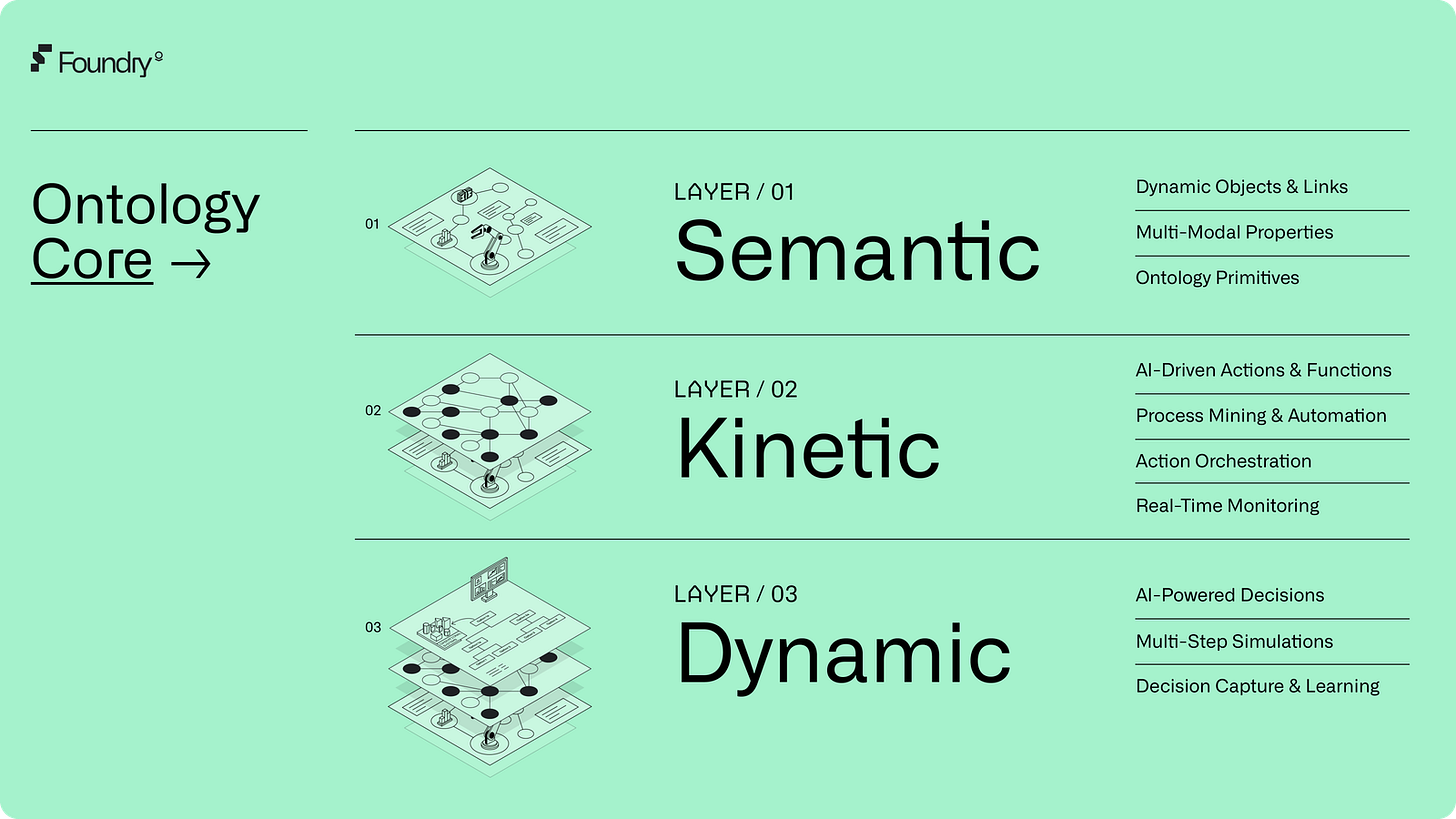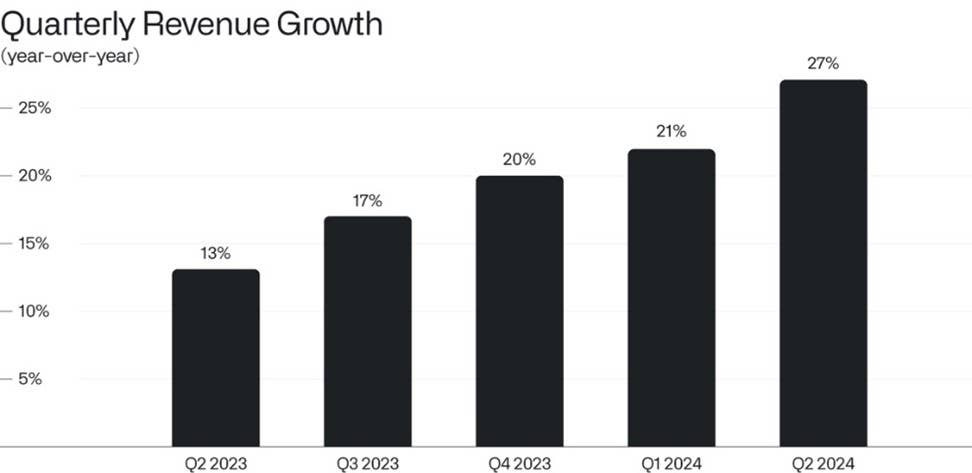

Look, I've implemented enough data platforms to know when something is genuinely different. Foundry actually solves the real problem: most data projects die in the handoff between "we built a cool dashboard" and "now Karen from accounting needs to use this every morning."
Foundry has three main pieces. The data integration layer connects to your databases without you having to write ETL jobs that'll break the moment someone adds a column. The Ontology is where you model your actual business objects - think "Customer" and "Order" instead of table_customer_v3_final. Then there's the app layer where you build actual applications people can use, not just dashboards that executives ignore.
Here's what Foundry gets right: it keeps everything connected. When your data changes, your apps update. When someone edits a record in an app, it flows back to your data warehouse. No more "the dashboard shows 1000 customers but the CRM shows 1050 and nobody knows which one is right."
The security model is legitimately impressive if you've ever tried to implement row-level security across multiple systems. Everything has permissions baked in at the object level, with full audit trails. This matters when you're dealing with regulated industries or government contracts where "sorry, we lost track of who accessed what" isn't an acceptable answer.
Problem is, this all comes at a cost that'll make your CFO question every life choice that led to this moment. We're talking $2.2 million average deals to get started - or was it $2.1 million? Either way, our CFO nearly had a heart attack when the final bill hit $2.3 million because "consulting fees weren't included in the initial quote." And once you're in, you're in - their whole business model is becoming a monopoly that can charge whatever they want because switching would cost you more than just paying up.
Pro tip: if you're running this on AWS, the data transfer costs will surprise you. We hit around $47k in transfer charges in month 2 because nobody warned us about cross-region sync costs when you have data sources scattered across different availability zones.





